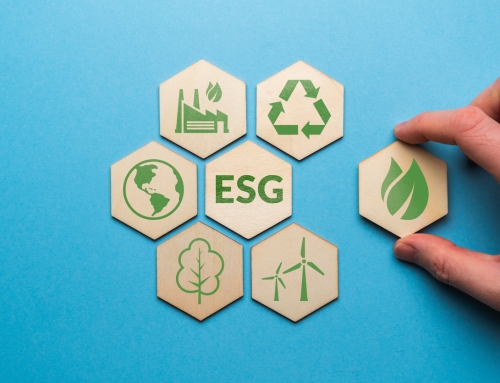By Michael DeCaluwe | September 14, 2022
You’ve likely heard a lot about the recently passed Inflation Reduction Act (IRA) that was just signed into law. The law puts the US on the path to a roughly 40% emissions reduction by 2030. But what does this mean for the average commercial energy user?
Solar Energy Just Got A Lot More Attractive
Depending on the state, on-site solar projects can now pencil with an ROI as low as 2 years…
The IRA increased the Investment Tax Credit (ITC) on solar from the current 26% to a new rate of 30% for the next 10 years (thru 2032). The ITC is a direct payment/credit on your taxes (versus a deduction) that would apply to the total cost of a solar project. So for a $100,000 on-site solar project, you would be receiving a tax credit of $30,000 on your taxes.
In addition to the increased ITC, there are additional tax credits available. For solar components primarily manufactured in the US, there is an additional 10% ITC. Projects located in low-income areas are eligible for an additional 10% ITC as well. These ITCs would be in addition to the base 30% ITC available for solar projects.
In short….the economics of solar just got a lot better.
Public And Non-Profits Can Now Benefit From Solar
These organizations can now also realize tax benefits from installing solar.
Previously, non-taxpaying entities could not benefit from the Federal ITC and primarily only installed solar under a Power Purchase Agreement scenario. The IRA allows the ITC to be transferred to an unrelated party. In short, an untaxable entity can now install solar and monetize the ITC by transferring it to a taxable organization in return for compensation. This allows the public and non-profits to now benefit from the ITC, which they couldn’t previously.
On-Site Battery Storage Is Worth A Look
New incentives for on-site energy storage are available.
The IRA also includes new incentives for stand-alone energy storage projects with a capacity of at least 5 kWhs. Previously, these units only qualified for the ITC when they are paired with solar or another ITC-qualified project. These batteries will be important for customers who are in high electricity demand areas or regions that are susceptible to brownouts.
The Need for Electric Vehicle (EV) Chargers (And $$ For Them) Is Coming
Employee’s use of EVs will continue to grow….are you prepared?
The IRA includes a $4,000 tax credit for the purchase of used EVs and a $7,500 credit for the purchase of a new EV. Coupled with legislation at the state level in California and Washington to phase out the sale of gasoline-powered cars, the writing is on the wall for the future and growth of EVs. These incentives will be important for companies and organizations to install EV chargers on-site at their place of business to help retain and attract employees.
The writing is on the wall as we, as a country, convert to a more carbon-free environment. These incentives are in place to help you develop a program to assist in this conversion.










Leave A Comment